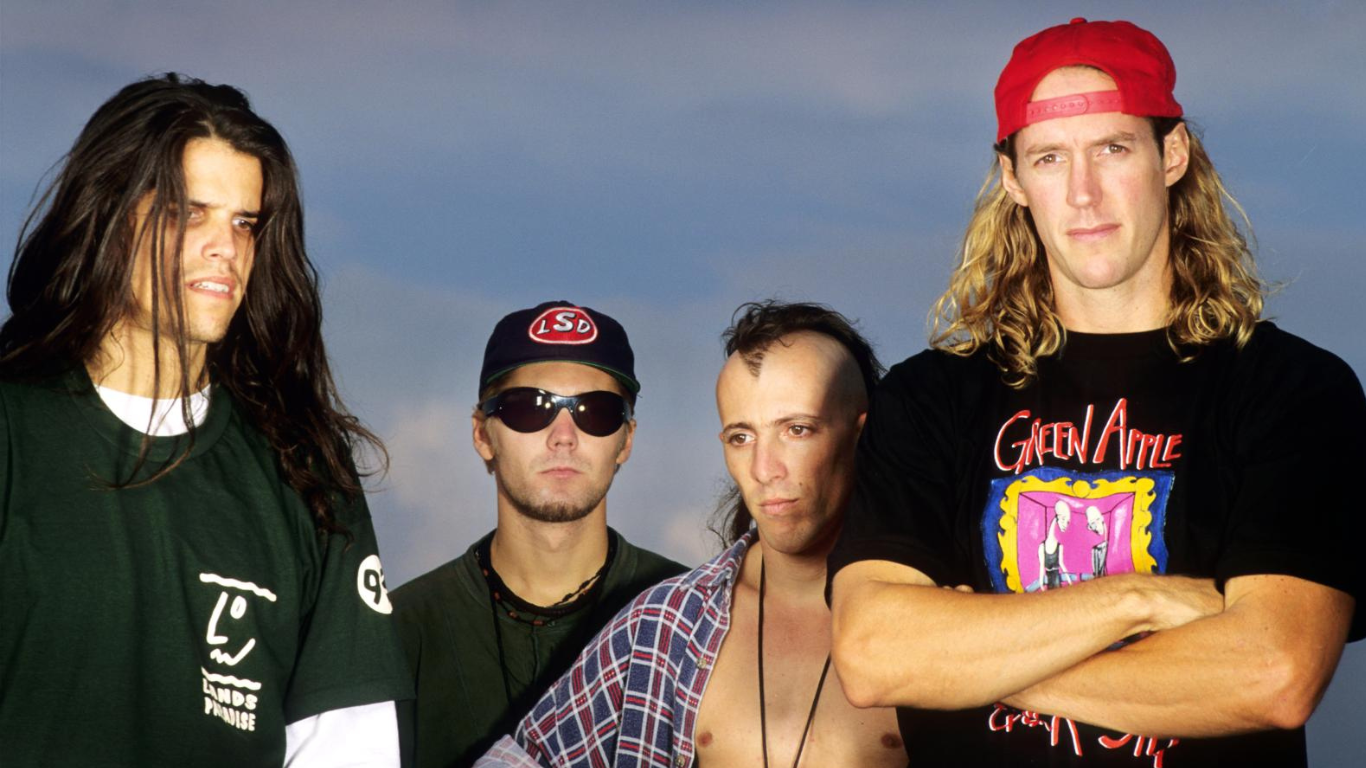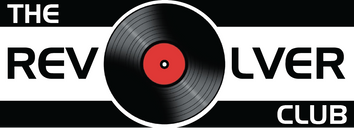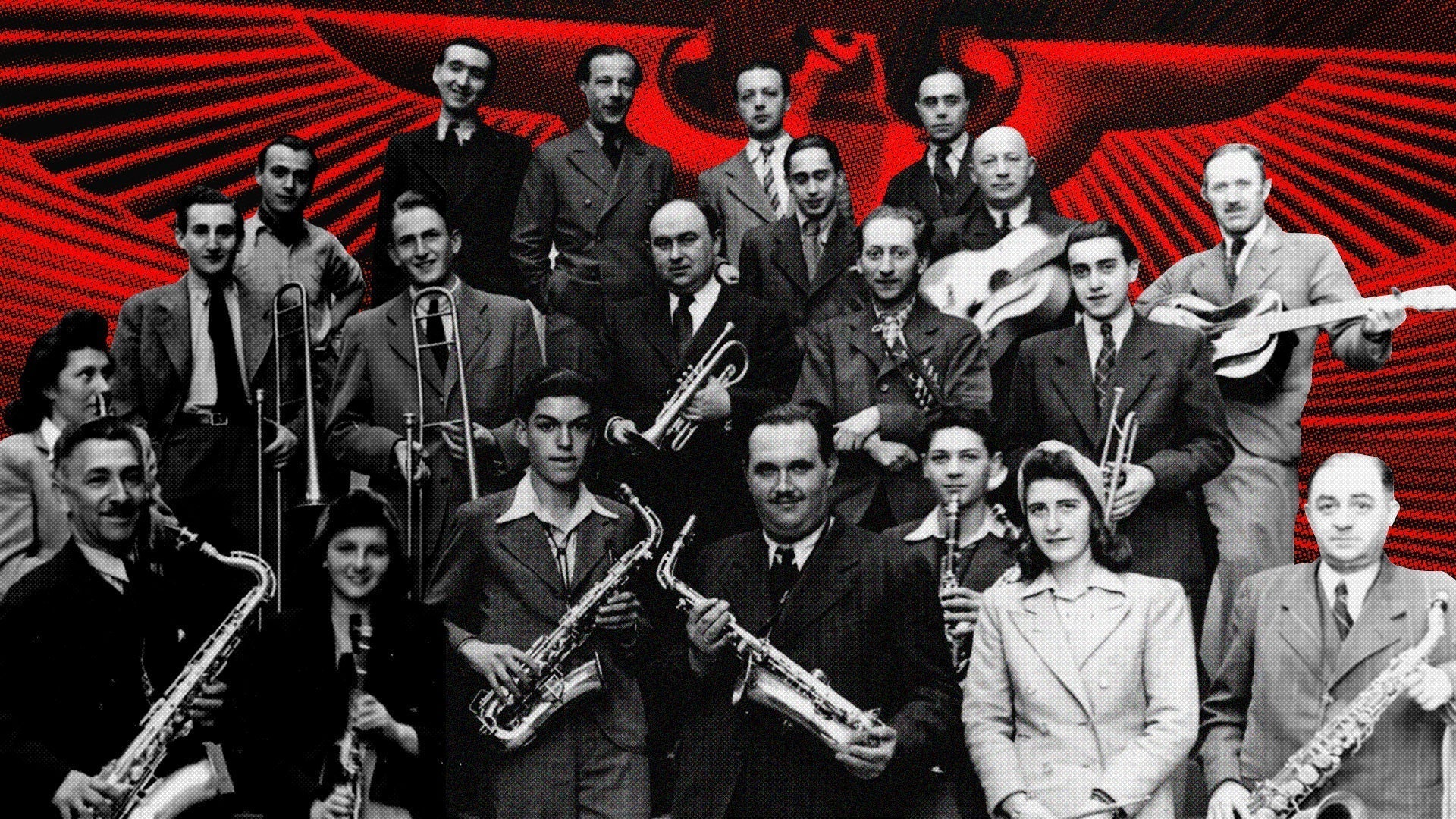Why Is Tool So Popular?
·

·
In the early 1990s, amidst the grunge revolution spearheaded by bands like Nirvana, a track called “Sober” by a Californian band named Tool emerged, exploring darker, introspective themes.
Despite the nebulous label of “alternative” often assigned to such bands at the time, Tool has defied conventions for over three decades, carving out a dedicated following by refusing to conform to typical rock band norms.
Led by Maynard James Keenan, Tool’s discography spans five albums, characterized by thunderous, intricate riffs and rhythms resembling complex mathematical equations.
Because of this, Tool concerts resist traditional expectations; singing along is challenging due to esoteric lyrics, and nodding along is intermittent as the band eschews simple rhythms.
One fan on the band’s Reddit page interpreted the bassline of “Pneuma,” from Tool’s album “Fear Inoculum,” as a series of alternating two- and three-beat figures: two-three-three-three-three-two-three-three-three-three-two-three, which adds up to thirty-three, if you’re counting
The band’s approach harkens back to the grandeur and complexity of progressive rock acts of the 1970s, contrasting with the dominance of solo singers and rappers in contemporary music.
Tool’s trajectory bears a surface resemblance to another ‘90s band that carved its own unique path - Radiohead.
Propelled by the success of “Creep,” Radiohead evolved into one of Britain’s most revered acts, broadening their artistic scope and cultivating a sophisticated sensibility.
In contrast, Tool’s forays into the avant-garde feel refreshingly unpretentious, packing enough punch to resonate even through the most modest car speakers.
Tool is also old-school.
In an early interview, the band mentioned their interest in “political issues,” and their songs often hinted at the mysterious.
For example, their 2001 album “Lateralus” concluded with a snippet of an AM-radio broadcast discussing a military coverup of alien activity at Area 51.
“Ænima,” released in 1996, featured liner notes praising the dissociative effects of ketamine, a then-obscure intoxicant that was later classified as a controlled substance in America three years later.
Click Here To Read More
The Artist Formerly Known As Prince
Grey Daze And The Rise Of Chester Bennington
Despite the nebulous label of “alternative” often assigned to such bands at the time, Tool has defied conventions for over three decades, carving out a dedicated following by refusing to conform to typical rock band norms.
Led by Maynard James Keenan, Tool’s discography spans five albums, characterized by thunderous, intricate riffs and rhythms resembling complex mathematical equations.
Because of this, Tool concerts resist traditional expectations; singing along is challenging due to esoteric lyrics, and nodding along is intermittent as the band eschews simple rhythms.
One fan on the band’s Reddit page interpreted the bassline of “Pneuma,” from Tool’s album “Fear Inoculum,” as a series of alternating two- and three-beat figures: two-three-three-three-three-two-three-three-three-three-two-three, which adds up to thirty-three, if you’re counting
The band’s approach harkens back to the grandeur and complexity of progressive rock acts of the 1970s, contrasting with the dominance of solo singers and rappers in contemporary music.
Tool’s trajectory bears a surface resemblance to another ‘90s band that carved its own unique path - Radiohead.
Propelled by the success of “Creep,” Radiohead evolved into one of Britain’s most revered acts, broadening their artistic scope and cultivating a sophisticated sensibility.
In contrast, Tool’s forays into the avant-garde feel refreshingly unpretentious, packing enough punch to resonate even through the most modest car speakers.
Tool is also old-school.
In an early interview, the band mentioned their interest in “political issues,” and their songs often hinted at the mysterious.
For example, their 2001 album “Lateralus” concluded with a snippet of an AM-radio broadcast discussing a military coverup of alien activity at Area 51.
“Ænima,” released in 1996, featured liner notes praising the dissociative effects of ketamine, a then-obscure intoxicant that was later classified as a controlled substance in America three years later.
Click Here To Read More
The Artist Formerly Known As Prince
Grey Daze And The Rise Of Chester Bennington






Comments